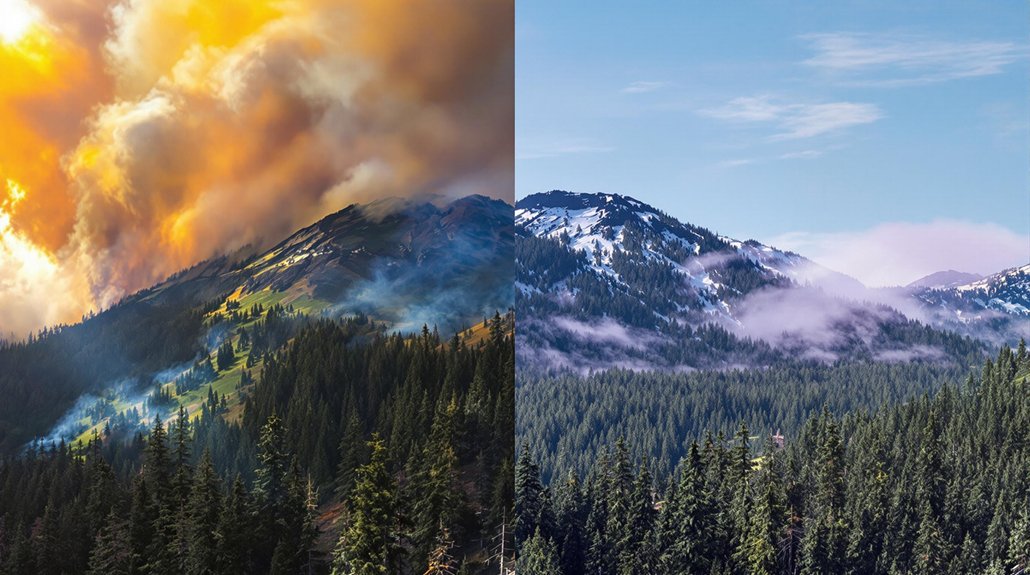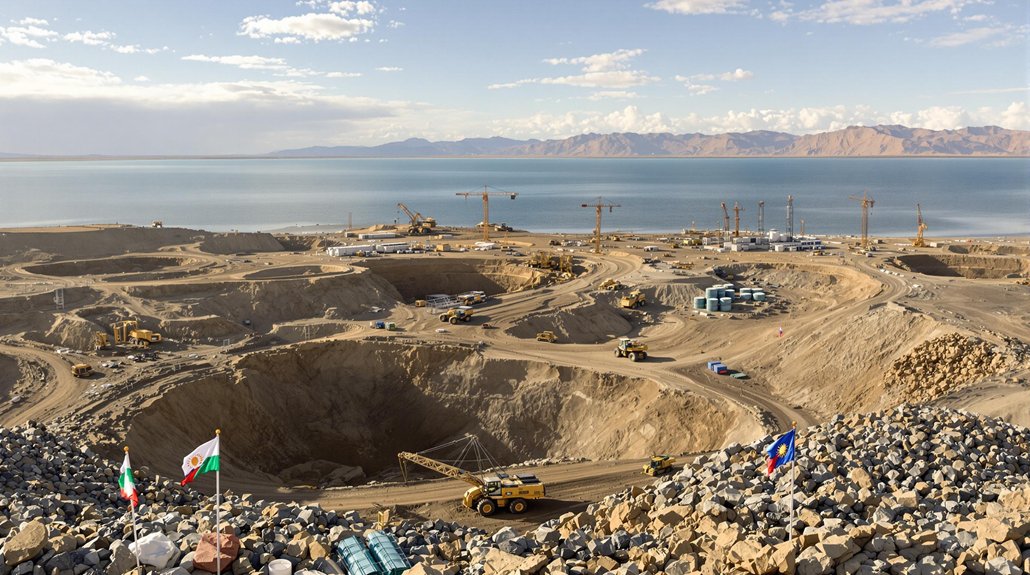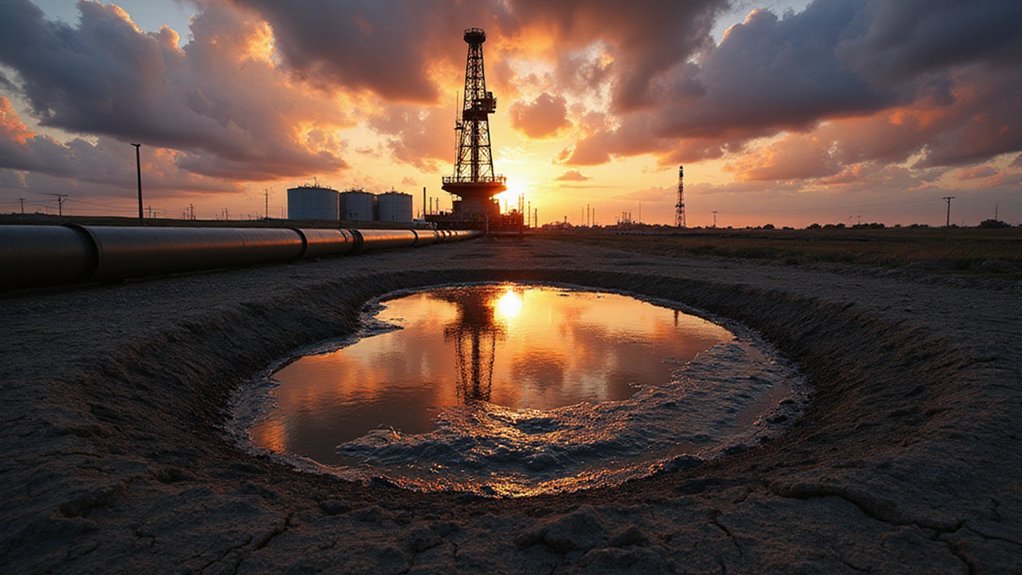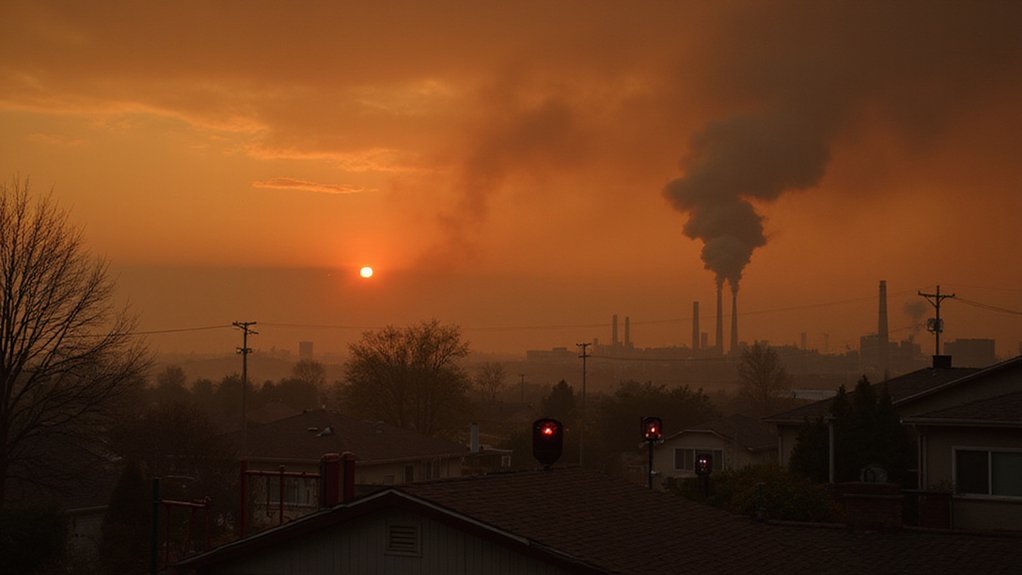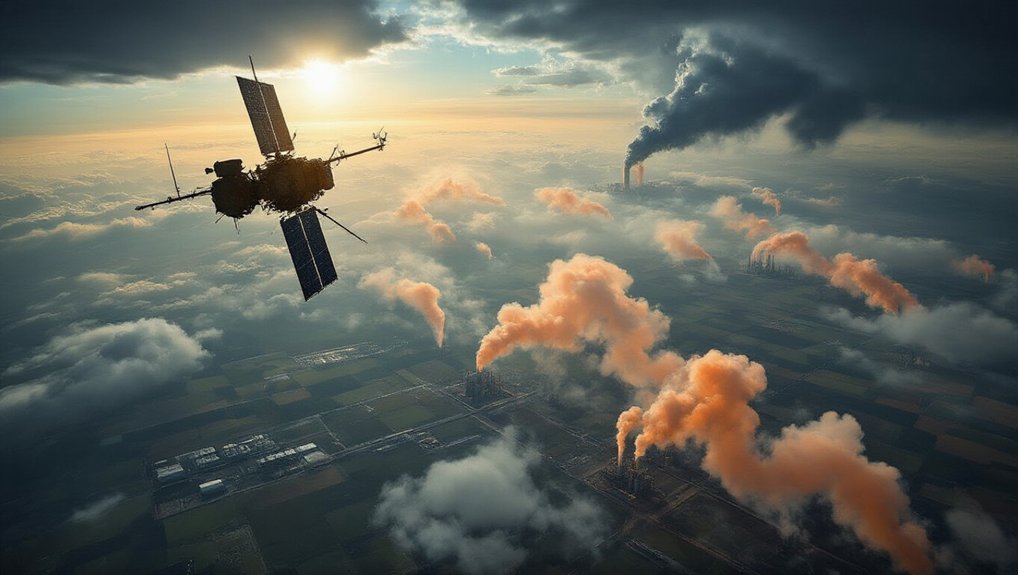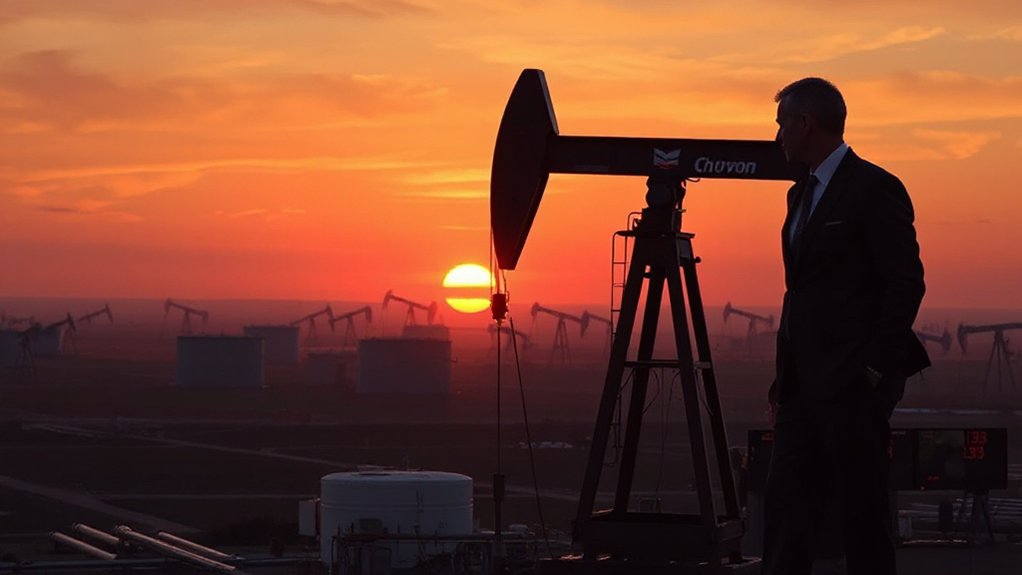While wildfires ravage terrains across the country, they’re silently creating another invisible threat that lingers long after the flames die down. It’s ozone. Not the good kind that protects us from UV rays. The bad kind. The kind that wreaks havoc on human lungs. And it’s forming in places you’d least expect it.
Scientists have discovered that wildfire smoke is packed with ozone-forming chemicals. Volatile organic compounds and nitrogen oxides, to be specific. These aren’t just fancy terms to impress your friends at dinner parties—they’re the building blocks of a serious health hazard. When sunlight hits these compounds, boom. Ozone forms. Fast.
The FIREX-AQ campaign (fancy name for “we’re studying smoke, folks”) found that fires with high Modified Combustion Efficiency release more HONO and NOx. Translation? Hotter fires make worse air. Much worse.
Here’s the twist: you don’t need to live in a smoggy city to breathe ozone anymore. Remote areas with pristine air quality are now experiencing ozone levels that exceed federal standards during fire season. No factories. No traffic jams. Just trees burning 50 miles away.
The chemistry is fascinating, if you’re into that sort of thing. Fresh smoke plumes are like little ozone factories. They generate hydroxyl radicals that catalyze the whole process. Morning after a fire? That’s prime time for ozone production. Research from the University of Utah shows that wildfire smoke can cause 21 ppb increases in ozone concentration, pushing levels dangerously close to EPA health standards.
When wildfire smoke drifts into cities, things get really messy. Urban pollution “recharges” the smoke’s ability to create ozone. It’s like a toxic tag team that nobody asked for. The DC-8 aircraft, transformed into a flying laboratory, gathered crucial data about this phenomenon during the summer of 2019.
The health impacts? Respiratory illness. Cardiovascular problems. Children and the elderly get hit hardest, naturally. Each additional part per billion matters, especially with repeated exposure.
References
- https://cires.colorado.edu/news/new-study-shows-how-wildfire-smoke-increases-ozone-pollution
- https://pmc.ncbi.nlm.nih.gov/articles/PMC8654285/
- https://bioengineer.org/exploring-the-connection-how-wildfire-smoke-intensifies-ozone-pollution/
- https://urban.uw.edu/news/wildfire-smoke-may-ramp-up-toxic-ozone-production-in-cities/
- https://news.mit.edu/2022/wildfire-smoke-ozone-depletion-0228
